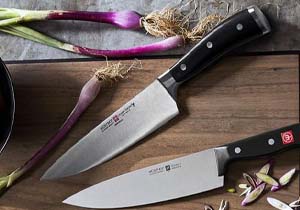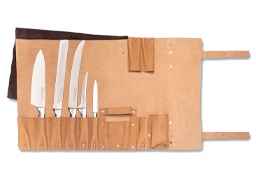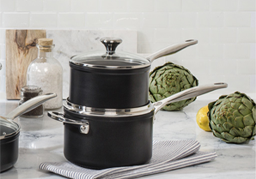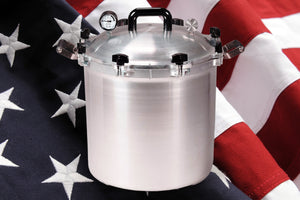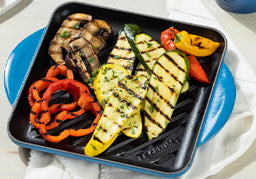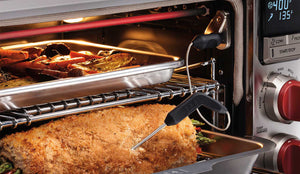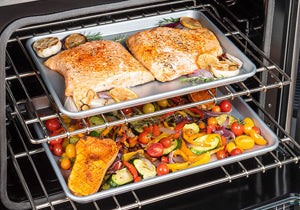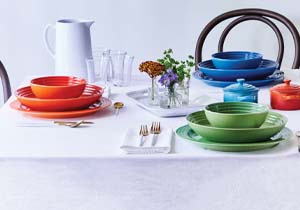
Is Your Cookware Making You Sick?
Is Your Cookware Making You Sick?
If you're like most people, you probably don't give much thought to your cookware. After all, it's just a pot or pan, right? Wrong. The reality is that your cookware can be toxic and even dangerous if it's not made of the right materials. In this blog post, we'll take a look at some of the most popular types of cookware and see which ones are safe and which ones you should avoid.
Aluminum Cookware
Aluminum is a lightweight metal that is often used in cookware because it conducts heat well. However, aluminum is also highly reactive and can leach into food, especially when acid foods are cooked in it. This can cause health problems such as memory loss and Alzheimer's disease. For this reason, aluminum cookware should be avoided.
Non-Stick Cookware
Non-stick cookware is now coated with PTFE, while safer than its predecessor, PFOA, it can still leach harmful toxins into your food. At a temperature of 500°F, PTFE starts to break down and leach into food. There have been reports linking it to flu-like symptoms and headaches. You should be cautious when cooking with nonstick pans and pots. So, while nonstick cookware is safer than it was a decade ago, it's still a risk.
Stainless Steel Cookware
Stainless steel is a popular choice for cookware because it doesn't react with food and it's easy to clean. However, the problem with stainless steel cookware is what it is coated with - either chromium or nickel. Nickel is harmful if ingested, to avoid cookware that is heavily coated with nickel make sure to purchase stainless steel coated with all chromium or mostly chromium. Before you purchase, check for the number “18” and the number next to it on the cookware. You will likely see combinations of 18/10, 18/8, or 18/0. These numbers show you the percentage of chromium and nickel contained in the cookware. All chromium cookware will be marked with 18/0. This is your safest and healthiest choice.
Cast Iron Cookware
Cast iron is a heavy metal that has been used for centuries in cooking and is 100% natural. Cast iron is an excellent conductor of heat and doesn't react with food. Cast iron is an alloy of iron and carbon and does not use or contain any other additives or toxins. It is also naturally non-stick, which helps you to avoid the need for non-stick cookware. Read our blog post on how to properly clean & care for your cast iron cookware! READ NOW>>
Ceramic Cookware
Ceramic cookware is a great option because it is inert - it won’t leach any harmful toxins into the food you are cooking. Ceramic cookware pans are usually free of heavy metals, polymers, coatings & dyes. An added bonus - it is also dishwasher safe! Ceramic cookware is easier to clean and care for compared to cast iron, as well. However, most will not work on a stovetop, especially if it’s an induction stovetop.
Ceramic-coated Cookware
Ceramic-coated cookware is another option, especially for stovetop cooking. This type of cookware is metal that is coated with a thin layer of ceramic. It works for any type of cooking you may be doing, oven or stovetop. There are still risks associated with ceramic-coated cookware, such as it actually being coated with PTFE, glaze or paint. To avoid this buy from a company you trust, we recommend Le Creuset.
So there you have it! Stainless steel, ceramic, ceramic-coated and cast-iron pots and pans are the way to go to avoid risky toxins seeping into your food while cooking. Aluminum, non-stick and stainless steel are all popular choices for cookware but they can all be toxic if not used properly or are coated with harmful metals. If you're concerned about the safety of your cookware, be sure to choose a material that is non-reactive and won't leach toxins into your food, ceramic and ceramic coated are your best options. Thanks for reading!

